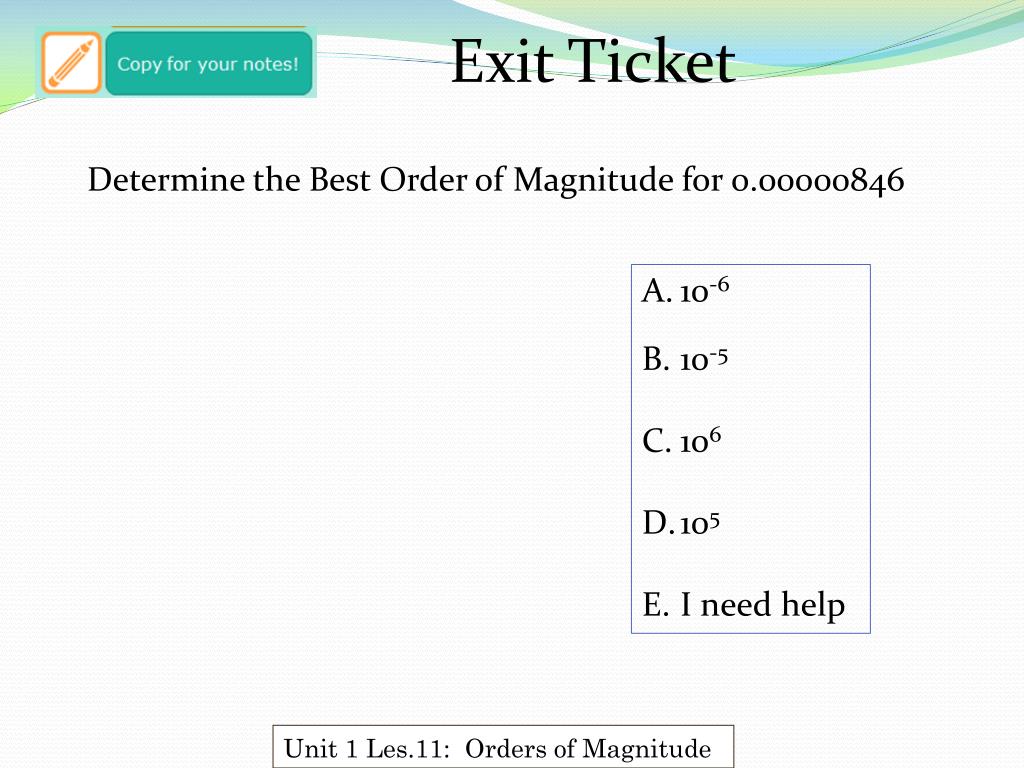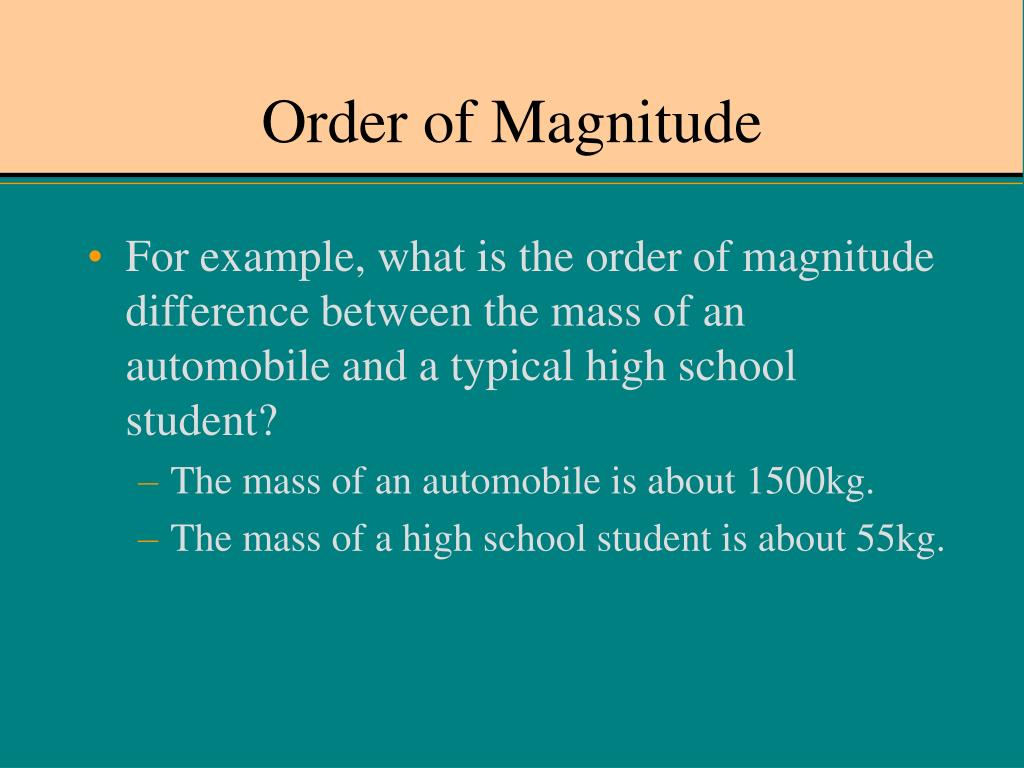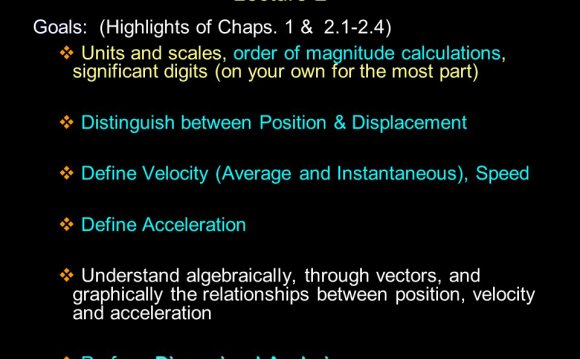

Visualize ten cubical stacks of gold bricks, each I


But by guessing ten, we find a volume of 10 m’. Gold is actually 19.3 times as dense as water. But gold is a heavy metal we might guess its density to be ten times that of water. If its density (1g/cm’), the volume would be 108 e m’, or 100 m’. Either way, the hero is not in a suitcase. Tea dollars’ worth of gold has a mass some billion (109) dollars worth of gold is a or a hundred thousand (10′) kilograms a this corresponding to a weight in British units of around the precise number is closer to so 3:10 1!mI, docsu’t matter. Actually, an ordinary (avoirdupois) ounce is 28.35 g an ounce of gold is a troy ounce, which is 9.45% more. On a particular’ĭay the price might be $200 or $600, but never mind. showed that the Shannon entropy of the probability distribution of a single random variable for far-field profiles (FFPs) in deformed microcavity lasers can efficiently measure the directionality of deformed microcavity lasers. SOLUTION Gold sells for around $400 an ounce. active low pass filter circuit that has a gain of ten at low frequencies. The abundance of life in the universe is poorly known (Lineweaver and Davis Reference Lineweaver and Davis 2002 Spiegel and Turner Reference Spiegel and Turner 2011 Kipping Reference Kipping 2020). Is this possible? Would that in a suitcase? Would it be too heavy to carry? Basic first-order passive filter circuits, such as a low pass or a high pass. Even when they are off by a factor of ten, the results can be useful and interesting.ĮXAMPLE: You are writing an adventure hero escapes across the border with a billion in his suitcase. Don’t try to look up a lot of data make the best guesses you can. Multiplying by 10 moves the decimal place of a number so that it gets one order of magnitude bigger. Some are silly, and most require guesswork for the needed input data. The great Italian-American nuclear physicist Enrico Fermi (1901-1954) called them “back-of the- envelope calculations.”Įxercises 1-16 through 1-25 at the end of this chapter are of the estimating, or “order-of-magnitude,” variety. Generally, the order of magnitude of a number is the smallest power of. Such calculations are often called order-or-magnitude estimates. An order of magnitude is an approximate measure of the size of a number, equal to the logarithm (base 10) rounded to a whole number. In either case our result is also a guess, but such a guess can be useful even if it is uncertain by a factor of two, ten, or more. Or the calculation might be too complicated to carry out exactly, so we make some rough approximations. In that way it is a non-mathematical form of big-O notation.
#ESTIMATE THE ORDER OF MAGNITUDE POWER OF TEN OF HOW TO#
Sometimes we know how to calculate a certain quantity but have to guess at the data we need for the calculation. order of magnitude is a deliberate way to present something as a rough estimate. But even a very crude estimate of a quantity often gives us useful information. We have stressed the importance of knowing the accuracy of numbers that represent physical quantities.


 0 kommentar(er)
0 kommentar(er)
